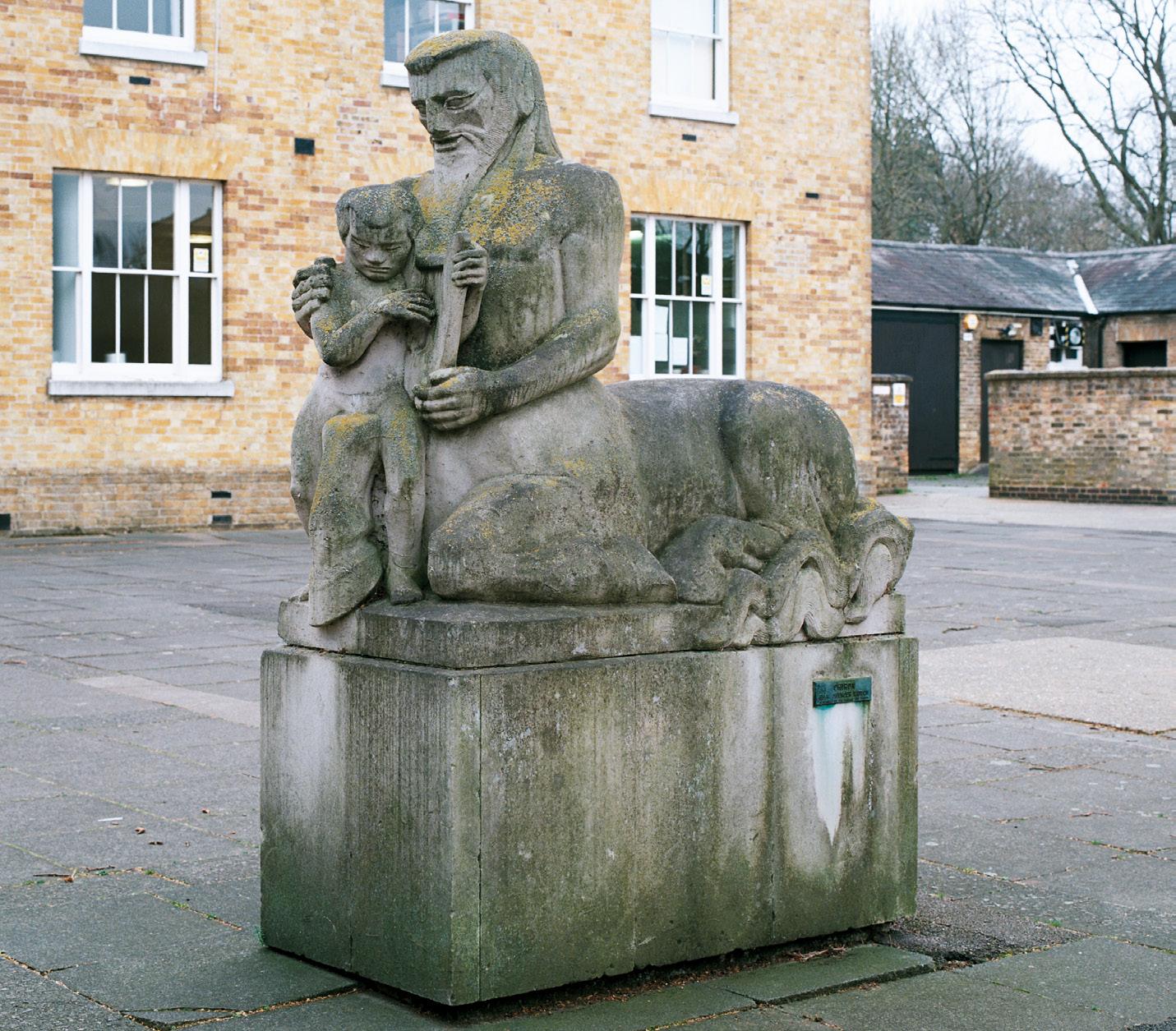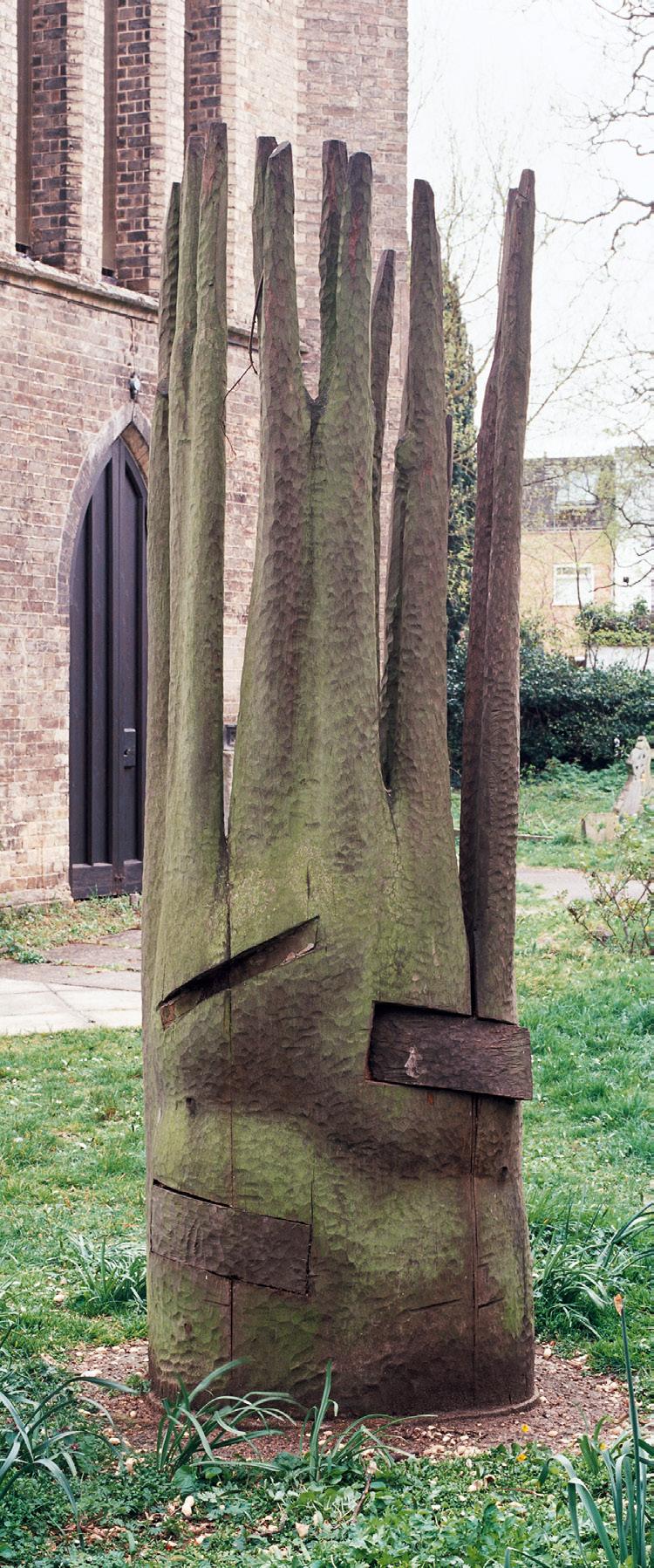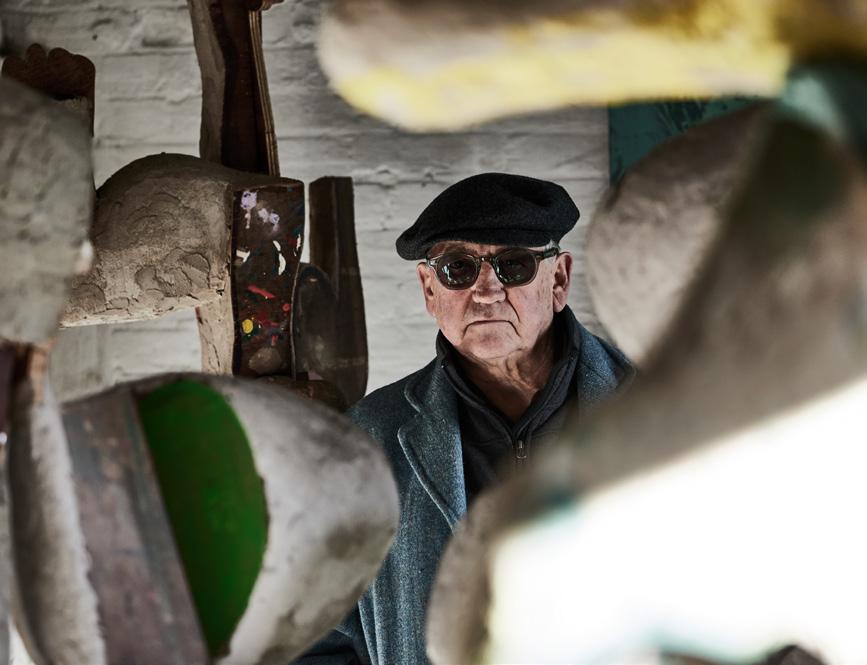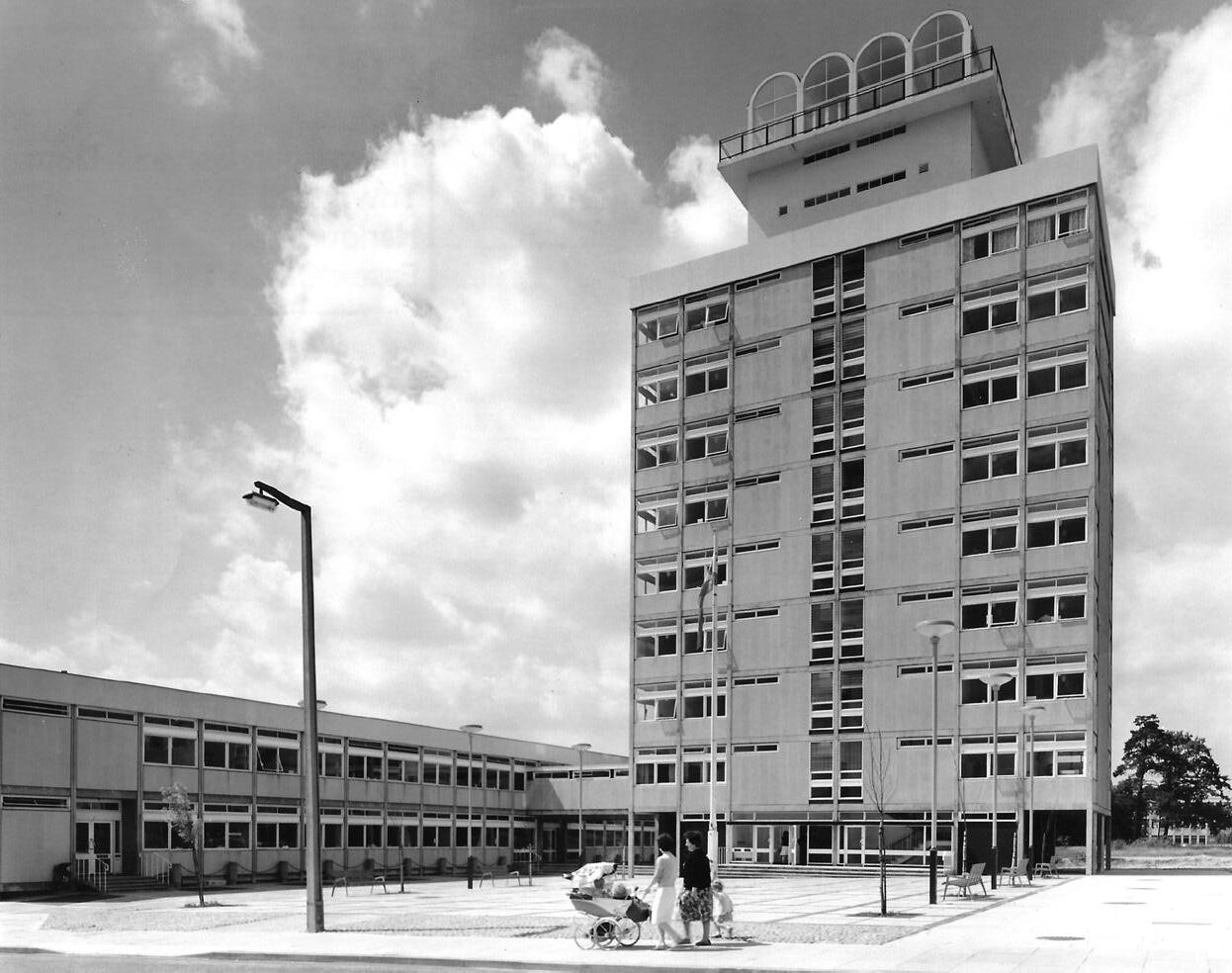
2 minute read
Harlow Art Trust celebrates 70th anniversary
A series of workshops with Harlow artists, schools and community groups to celebrate 70-years of the Harlow Art Trust (HAT) will culminate in an exhibition at the town’s Gibberd Gallery.
Created in 1953, HAT aimed to enhance the town with artworks so that residents could enjoy local thoughtprovoking artistic pieces.
Since then, Harlow – a post-war ‘new town’ created by Sir Frederick Gibbered under the New Towns Act 1946, and subsequently later acts, to relocate those who lived in poor or bombed-out housing following World War Two - has become known as ‘Sculpture Town’ due to the 100 public artworks located throughout.
Part of Frederick Gibberd’s vision was for Harlow ‘new town’ to become the ‘Florence of Essex’ and to help achieve this HAT was established. The founding members of HAT believed that high-quality art should be part of everyday life and owned by the people who live and work around the town.
The project attracted some of the greatest artists of the 20th century, including Henry Moore, Barbara Hepworth, Elizabeth Frink and many more, which led to the collection of over 100 sculptures - which are enjoyed by residents and visitors to this day.
As part of HAT’s 70th anniversary, a new generation of emerging artists are working on the project ‘Our Community, Our Environment’, a programme of workshops with 12 artists and over 25 schools. The project - supported by the Arts and Cultural Fund - will be produced in partnership with Harlow Creates, the Local Cultural Education Partnership for Harlow.
The programme takes inspiration from the first sculpture that was commissioned and made in Harlow in 1953 by artist Mary Spencer Watson. ‘Chiron’, carved from Portland stone and located outside of Moot House, uses Greek mythology to express the idea of community.

This year HAT’s Sculpture Town Artist
In Residence is stone carver Irena Posner. Inspired by Watson, Irena will be based in Harlow Town Park and working with Portland stone to create a new carved sculpture.
HAT will also be celebrating the work of artist Lee Grandjean with a major exhibition at the Gibberd Gallery.

Having spent his teenage years in Harlow in the 1960s - where his flat overlooked Barbara Hepworth’s ‘Contrapuntal Forms’, the first sculpture to be acquired for the town - Grandjean was later commissioned to create ‘Chorus’. Located in the grounds of St. John’s Arts and Recreation Centre in Old Harlow, ‘Chorus’ is a sculpture which celebrates the anniversary of the Harlow Chorus - an amateur choir featuring local residents.

Lee Grandjean’s exhibition ‘Seeing Things’ is his first solo exhibition in the town at the Gibberd Gallery and is running from now until Saturday 24 June.
Another exhibition at the Gibberd Gallery will see artist Jordan Cook showcase his work, ‘Redrawing Harlow’. Jordan, who grew up in Harlow, is documenting through artwork the major changes taking place in the town centre as original buildings are being demolished to make way for new housing and a new ‘Cultural Quarter’ as part of the town’s regeneration. ‘Redrawing
Harlow’ is a free exhibition at the Gibberd Gallery and runs from Thursday 3 August to Saturday 16 September.


The ‘Our Community, Our Environment’ project will finish with celebratory performances and a free exhibition at the Gibberd Gallery running from Monday 3 to Friday 14 July.
To find out more visit: www.sculpturetown.uk










